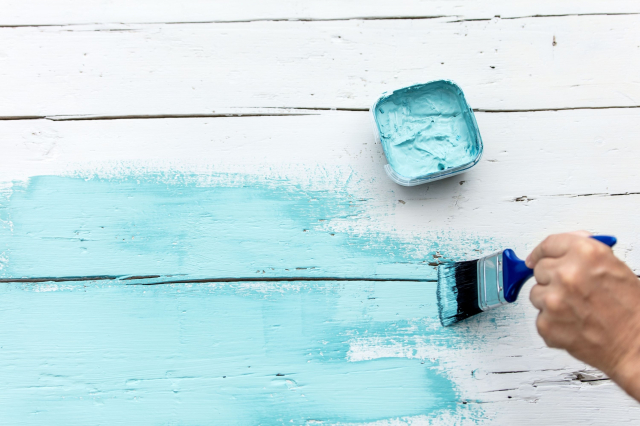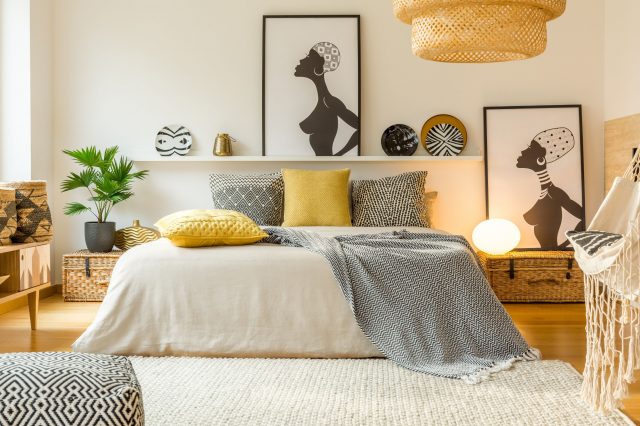Satin vs Gloss Spray Paint
All features and nuances compared and explained
Quite often, when you are choosing new paint for your next exterior home painting project, one of the considerations you must make is which finish you choose. As you probably know, there are many different finishes on the market you can go for, which makes it possible to choose according to your preference. But this wide choice is exactly what leads to problems!
See, common finishes such as a matt finish are easy to figure out. However, there are two popular paint finishes that homeowners often get puzzled with. We mean gloss paint and satin paint.
In a way, they sound like they could be the same, but in fact, they are not. So what is the difference between satin and gloss paint?
In this article, you will learn more about the difference between satin and gloss spray paint. In particular, we will explain in detail what makes these two types of finish distinct and tell you where exactly in your home each of them should be used to get the best results. And of course, we will share all the pros and cons of each of these types of paints!
Satin Spray Paint vs Gloss Spray Paint
If you want to know the biggest difference between gloss and satin spray paint, it is the sheen they have. Simply speaking, gloss paint is more reflective. In comparison to it, satin paint is more matte but it still has a bit of luster.
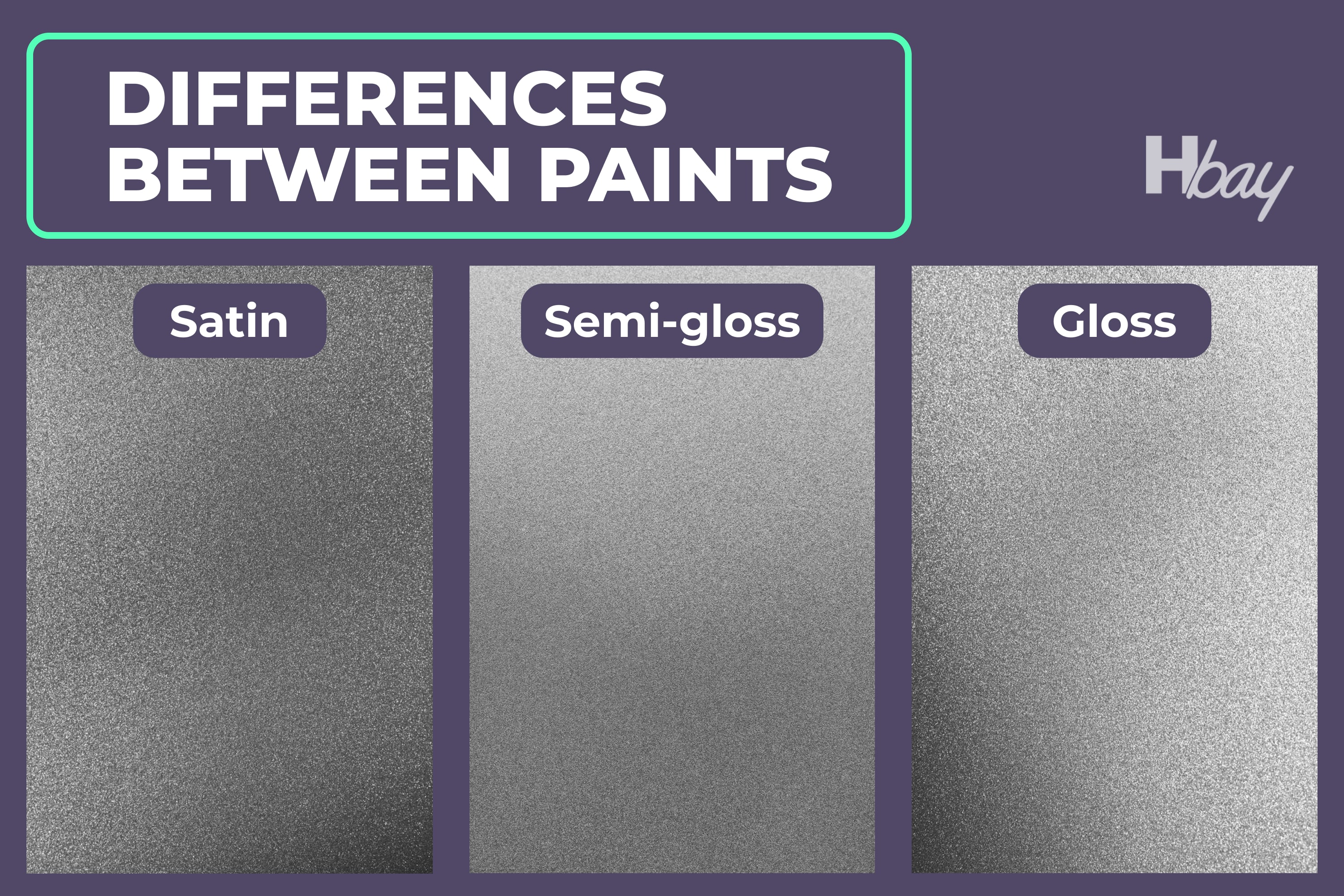
housekeepingbay.com
However, there are also other differences to take into consideration, for example, the durability of the paint and its ability to hide imperfections on a surface.
To let you know about some general distinctions between these two types of spray paint, we suggest you read the following information.

DmitryPoch via VIstaCreate
Table of Contents
What Makes Gloss Paint Different?
You should consider using gloss paint if you are looking for a high-shine finish on your walls or other surfaces that need to be painted. In this case, gloss paint is your best choice, especially for your exteriors! This type of paint often looks great on doors, walls, and trim for a high-shine impact.

The high-shine looks it provides are always impressive and professional, in addition, it is hard-wearing. There is one more benefit that gloss paint has: gloss finishes are usually easier to clean (but that will depend on the paint used).
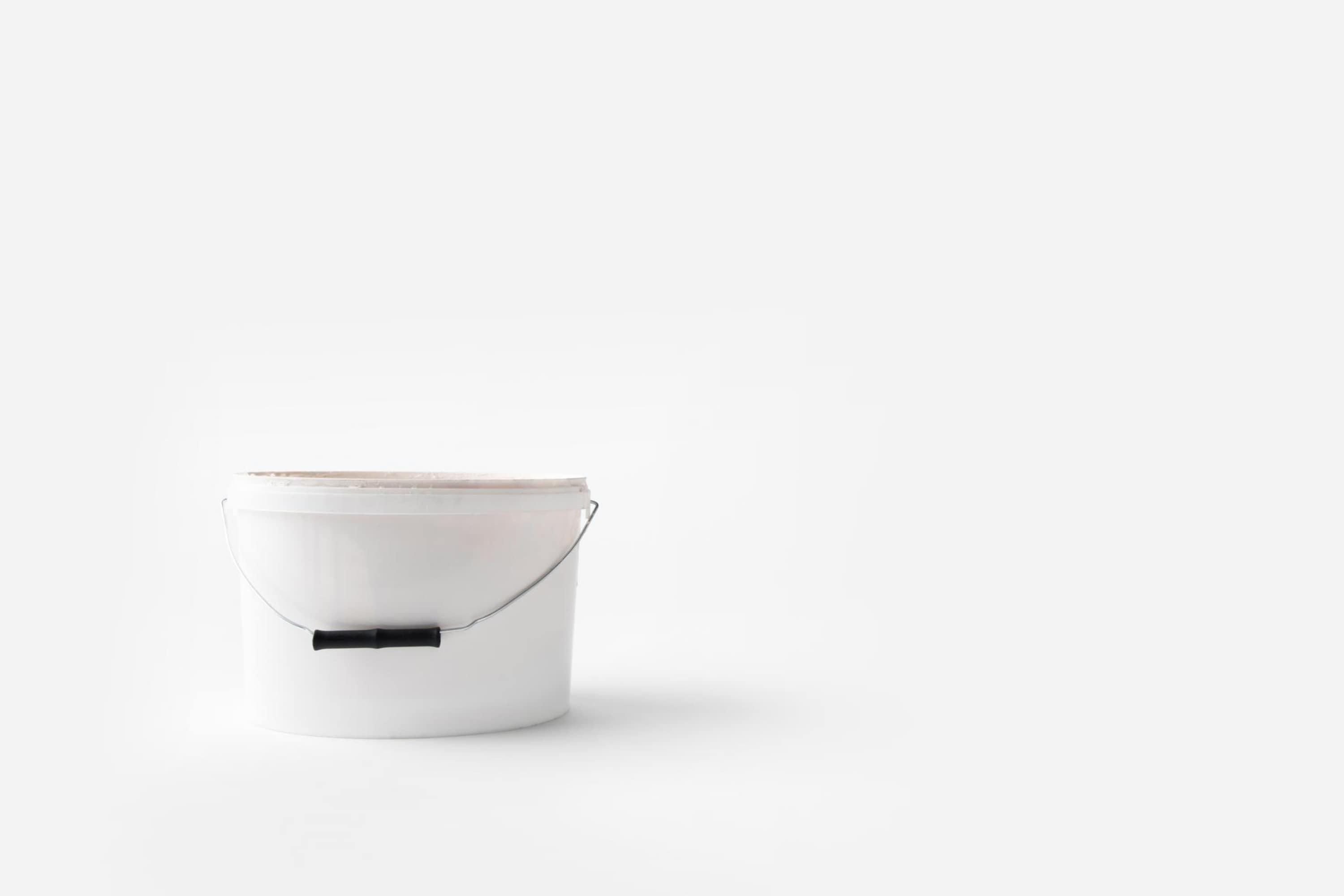
AntonMatyukha via VIstaCreate
Satin Paint’s Specific Features
However, even though the gloss finish looks awesome on any surface, not everyone wants it in their homes. If you are one of these people, you could opt for a satin finish instead. Unlike gloss finishes, any light bouncing off of matte paint will be barely noticeable, if noticeable at all.
A satin finish offers just the slightest sheen. However, you can’t say that it is completely matte as it does reflect light a bit. Nevertheless, it isn’t a particularly reflective surface either.
Since a satin finish will leave you with a medium gloss that doesn’t shine as much as gloss paint, it can be a great option for hiding imperfections, whereas the gloss can highlight all the flaws, making them even more noticeable!
Like that, you are now aware of some basic distinctions between these two most popular types of paints. Now, let’s dive deeper and see what exactly makes them different. The more you know the better you can understand what exactly you need for your home painting project.
The Benefits of a Satin Finish
Each of these finishes has certain benefits and strong sides. It is important to be aware of them so that you could compare the two adequately. Speaking of satin spray paints, we can highlight the following strengths:
- With a satin finish, you typically get a smooth feeling surface. When you touch it, it doesn’t tend to feel sticky. Instead, you can easily glide your hand across it
- Satin paints and finishing products are durable. They can withstand quite a lot of wear and tear. Besides, they do it much better in comparison to most matte finishes
- You can clean the surface painted with satin paint or finish using just mild cleansers without causing damage
- Satin finishes can perfectly hide imperfections on the surface. Since they don’t reflect light as strongly, they will easily conceal small dings and dents, making them less noticeable
- Satin finishes offer a more accurate color than gloss finishes. Satin doesn’t reflect as much light, which is why it’s less likely that the color of the lighting alters the look of the paint
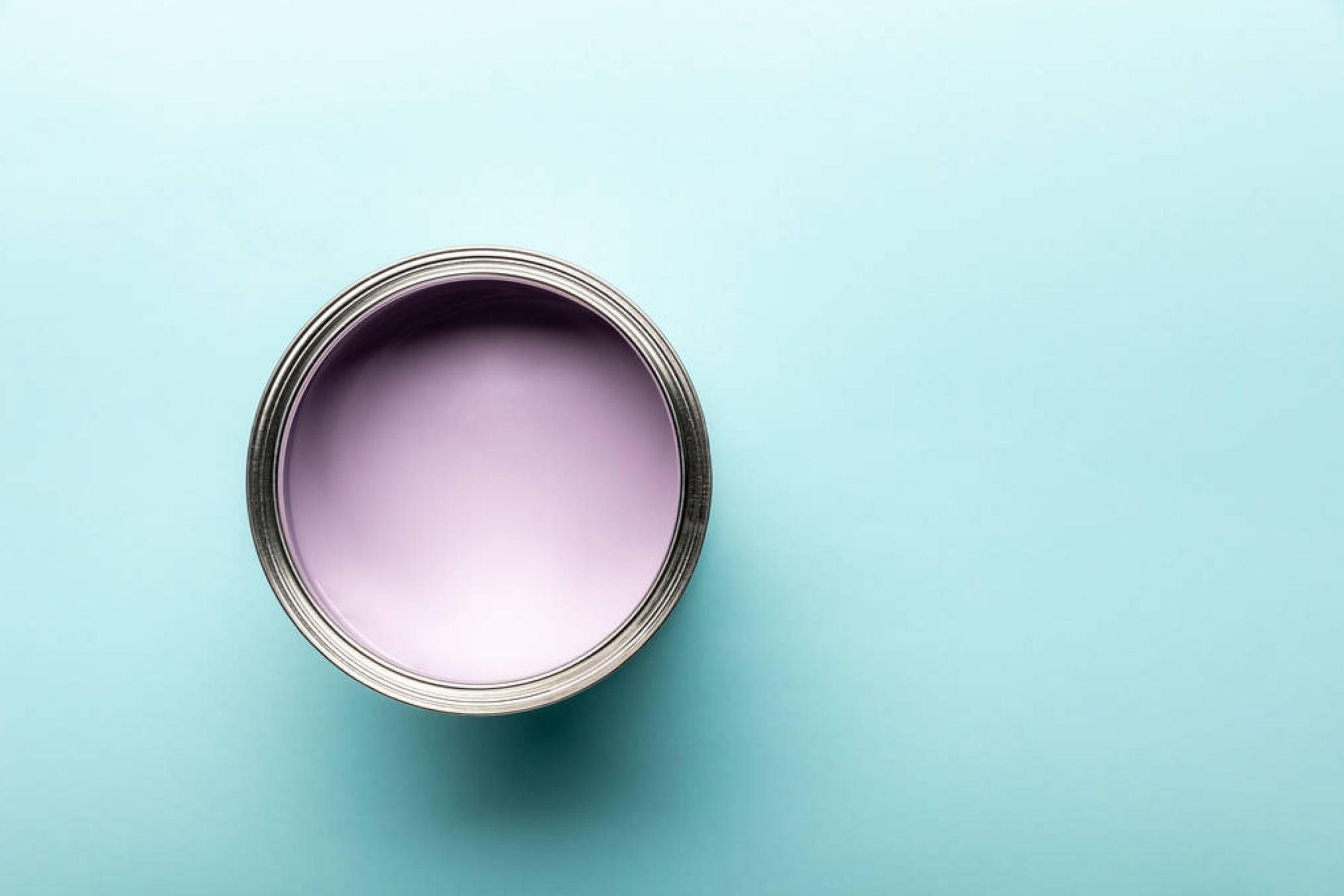
AntonMatyukha via VIstaCreate
The Drawbacks of a Satin Finish
Of course, satin finish is not all about positive and good features. This type of paint also has certain drawbacks and weak points that you should be aware of in advance.
A satin finish won’t completely hide imperfections, particularly if they are significant:
- Satin paint can be difficult to touch up. If you add more paint, those spots with added paint will usually stand out visually and won’t seamlessly blend
- Many satin finish products aren’t as stain- or moisture-resistant as alternative options. That doesn’t mean they provide no protection, but they are not as strong as some other finishes and paints
- If you apply coats of satin paint unevenly, the difference can be very noticeable. This is why satin paint may not be the best finish option for inexperienced painters
- With all this in mind, you can now better understand what satin paint is like. And with all these features and nuances, where do you think it could be used in your home?
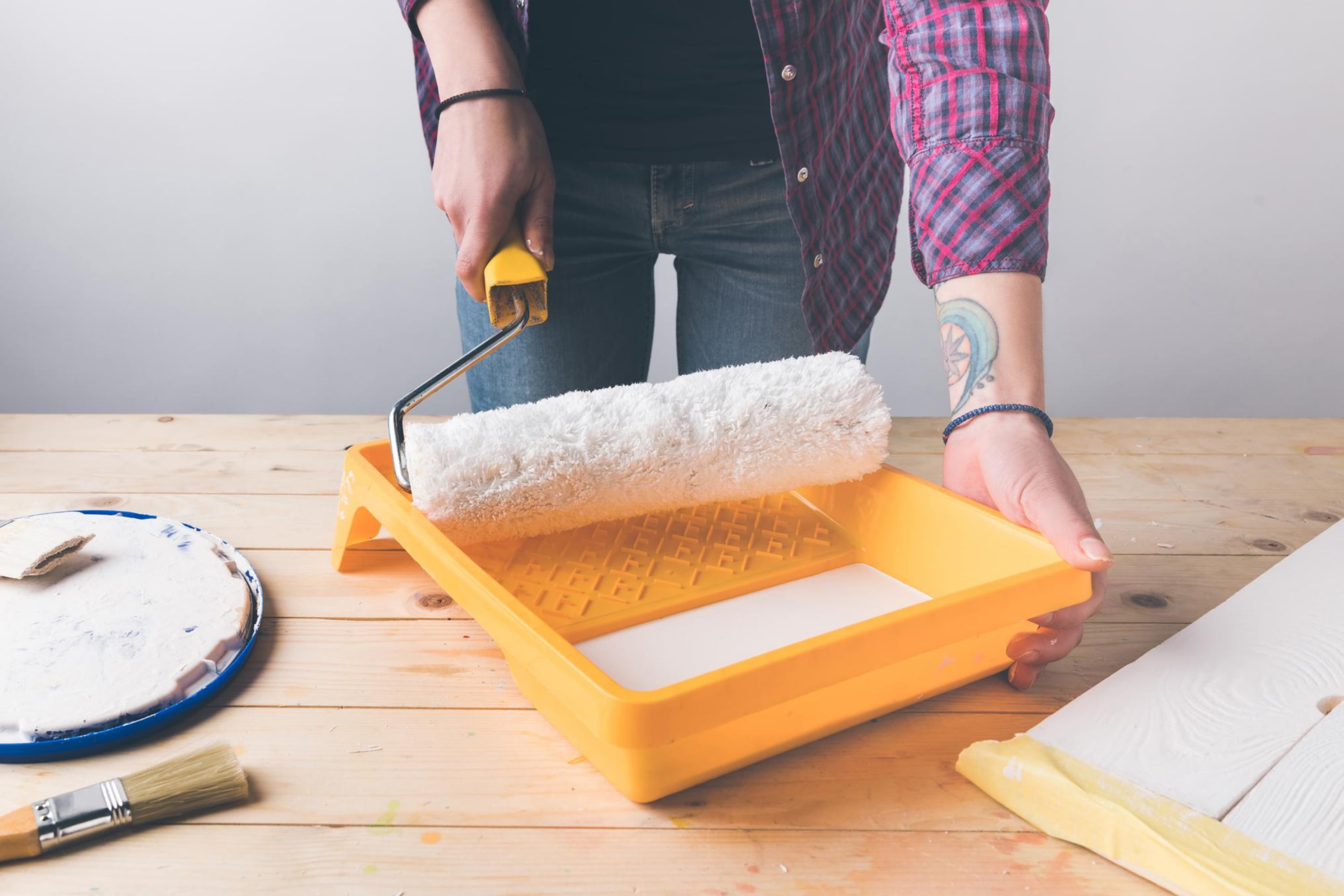
AntonMatyukha via VIstaCreate
Where Is It Best to Use Satin Finishes In Your Home?
When you know about the specifics and nuances of paint you are going to use, you can tell in advance how it will work on different surfaces and in different areas in your home. Speaking of satin paint (as well as other satin finishes), they will generally work much better for three groups of locations and surfaces:
- High traffic areas
- High-touch surfaces
- Large spaces
In general, satin paints and finishes are a popular choice for living rooms and master bedrooms. Satin paint and finishes are also great for children’s rooms. The walls covered with this kind of paint are durable and can survive regular cleanings, which are essential in a space where children live.
Also, hallways and kitchens can be great spaces for satin paint. Those are naturally high traffic. Besides, in a hallway or in a kitchen, there is always a chance of the walls and other surfaces becoming dirty and needing cleaning because they are usually touched frequently.

AntonMatyukha via VIstaCreate
The Benefits of a Gloss Finish
Now that you are more familiar with the satin gloss, it is time to learn more about its counterpart. Unlike satin paints, when you use a gloss finish, you typically get a durable, as well as easy-to-clean surface.

Quite often, surfaces painted with gloss paints are resistant to staining, as well as moisture-resistant. And since gloss finishes reflect the most light, they also brighten up spaces dramatically.
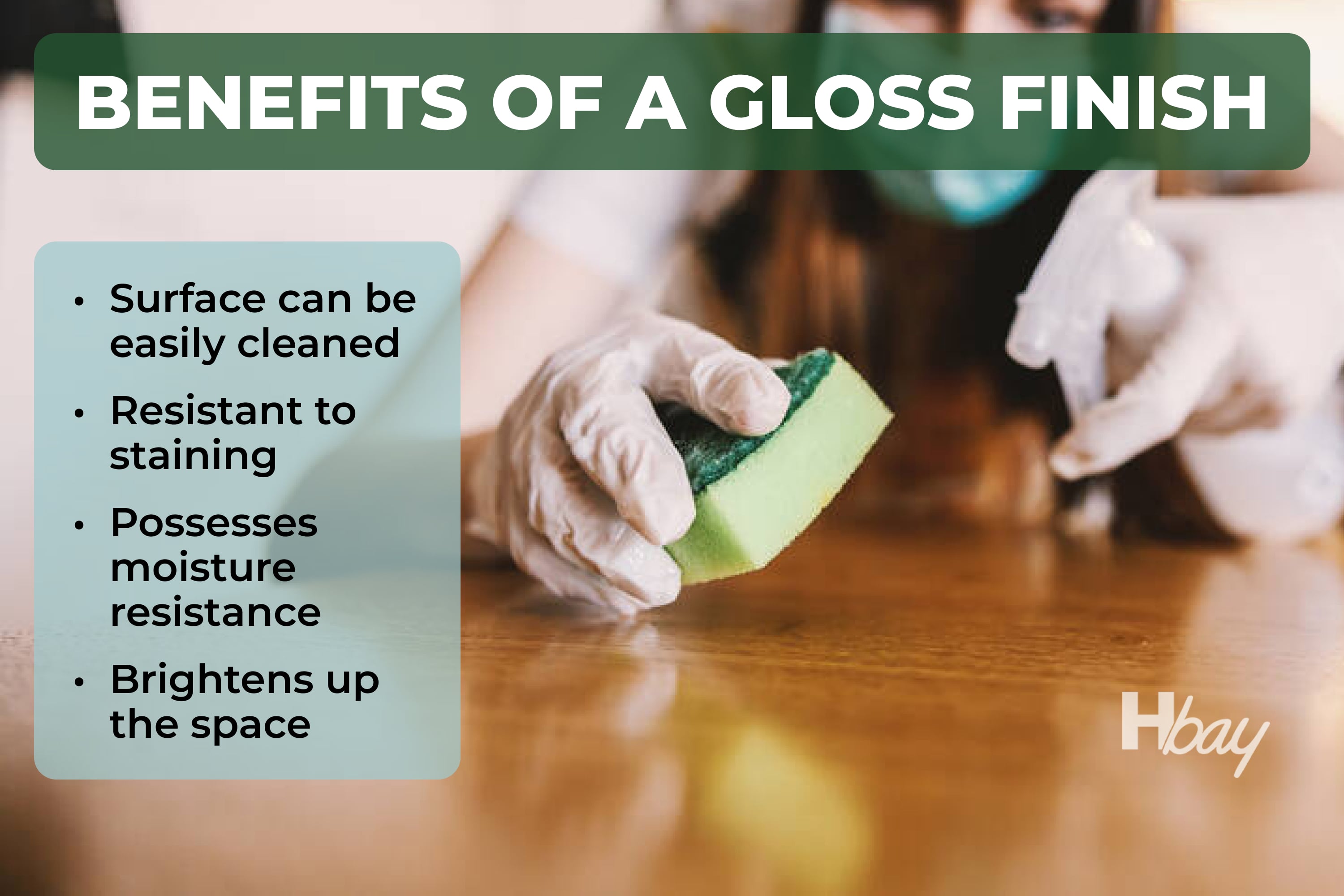
housekeepingbay.com
Thanks to this feature, gloss paint allows you to make a darker room or corner look noticeably brighter.

JanPietruzska via VIstaCreate
The Drawbacks of a Gloss Finish
When it comes to drawbacks, the biggest challenge (and the biggest problem, according to the homeowners’ feedback) with gloss finishes is how much it makes all the imperfections visible on the surface! Even small dents or flaws will stand out after you apply a coat of gloss finish.
This is the reason why you have to put a ton of effort, as well as spend a lot of time preparing the surface for being painted. This is the only way you can ensure it is completely smooth before applying the finish.

housekeepingbay.com
However, this is not the only drawback that comes with the use of high gloss finishes. Another problem is that they can also be overwhelming when used in large spaces or rooms with a lot of light. We mean that painting an entire room with gloss paint is not a good idea since it will look too much!
Finally, unlike its satin counterpart, gloss paint colors tend to shift depending on the lighting around. Since the surface is highly reflective, it can be altered by the hue of the light. As a result, the color on your walls can appear warmer or cooler based on the light bulbs you use, the amount of sunlight that is coming in, and more.

AntonMatyukha via VIstaCreate
Best Places In Your Home to Use Gloss Paints
Since gloss paint is highly reflective and comes with so many nuances and specific features, it makes sense to use it with caution and do it strategically. It can be the right choice for trim and molding, for example, and may also work well for smaller furniture pieces, like end tables. Even if they look shiny, this sheen won’t be way too overwhelming.
Well, now you are more aware of all the nuances and tricky things that should be noted when you decide to use either satin or gloss paint in your home. You know what makes these two types of paint different and what features of each of them should be taken into consideration before you make a final decision on which one you should use in your home painting project.
Also, now you know in what rooms and spaces of your home each of these paints will work better and why. With all this in mind, you will easily figure out what paint to use to meet your goals and preferences.

AntonMatyukha via VIstaCreate
Ever wished paint sampling was as easy as sticking a sticker? Guess what? Now it is! Discover Samplize's unique Peel & Stick samples. Get started now and say goodbye to the old messy way!
Get paint samples




Frequently Asked Questions
⭐Is satin spray paint shiny?
In fact, satin paint is almost non-shiny. It has a very subtle sheen that reflects almost no light.
⭐Is gloss more durable than satin?
A gloss paint is typically more durable than a satin paint, but a poorly prepped gloss finish is not as good as a well-prepped satin finish.
⭐Is satin easier to apply than gloss?
There is very little difference between satin and gloss when it comes to apply them. Both have a similar consistency and spread well, but gloss is typically more difficult to get a good, smooth finish.



